Roberto the guide had promised us the most spectacular church in Central America — so why had he brought us to a concrete ruin? Smiling at our confusion, he shooed us through the door and suddenly we were inside a rainbow. Row upon row of stained glass give the arched interior of Iglesia El Rosario a dazzling impact. And if the crumbling facade needs attention, well, the young mayor of San Salvador will have it fixed before long.
There’s a big programme of improvements underway in the capital of El Salvador. The square outside the church is full of bulldozers and the dangerous tangles of wires that snake over every street are being re-routed underground; a lost photo opportunity for tourists, but a clear sign of a country accelerating away from the past.
We spent three days in El Salvador and three in neighbouring Honduras. The people here are so young (the median age is mid–twenties) that most were not even born during the turmoil and war of the 1970s and 1980s, though both countries suffer with the criminal gangs that flourished afterwards. You see a lot of guns; mainly pump-action shotguns slung across the shoulders of guards who protect everything from city jewellers to countryside restaurants. There’s a debate about whether such precautions are still needed, but even on a short visit it was apparent that none of this affects tourists unless they are stupidly reckless. Whether you hire a driver–guide or make your own way, it’s possible to go almost anywhere and find nothing but smiling hospitality.
Our first day began at Joya De Cerén, an archaeological site 20 miles out of town. The first thing we saw was a turquoise-browed motmot, the national bird, which swings its extended tail like a pendulum as it sits on a branch. The site itself is a Mayan village preserved in a volcanic eruption, just like Pompeii. Its ten uncovered buildings have such an everyday look that it’s hard to believe the last person to use the public baths did so in 590 ad.
Our own bath came from the heavens. The weather in late June usually consists of sunny days with a brief afternoon rainstorm, but that day’s deluge was unceasing. Roberto tried his best to show us the volcanic scenery west of the capital, and the clouds briefly lifted as we parked alongside the huge crater lake at Coatepeque. But at the Parque Nacional Cerro Verde, near the top of the neighbouring Santa Ana volcano, the rain was almost biblical in its intensity.
We pressed on to the west along the Ruta de Flores, where every town has bold, colourful and endlessly inventive murals. In Sonsonate we saw an old steam engine being restored; a reminder that earthquakes and civil war have left El Salvador with no railways. In both countries the roads are full of gaudily painted buses, often former American school vehicles with weirdly long extensions welded on to the back. Reaching Concepción de Ataco on the edge of a national park called ‘El Imposible’, we saw the most striking murals yet, and ate lunch at the hotel Mision de Angeles on a covered terrace with a view of a dripping green coffee plantation across the valley.
The next day, at Suchitoto in the north-east hills, we took a lesson in tie-dyeing at an indigo store opposite the white colonial church: indigo dye was once the country’s main export. This came after a lazy lunch at Los Almendros de San Lorenzo, a boutique hotel with an acre of greenery. Run by a French fashion executive and a former Salvadorean ambassador, it can organise personal tours to anywhere you like and is the place I’d stay if I went back to El Salvador on not too tight a budget.
Next morning, we took a short flight to the Honduran capital of Tegucigalpa, known as Téguz. Pilots say the landing here is one of the trickiest in the world thanks to the mountainous terrain. Thankfully, our own touchdown was fine.
Most tourists come to Honduras to visit Roatan and other reef-diving islands off the north coast, but there’s a lot to discover inland too. Téguz has colonial churches and good museums. On the northern rim of the city you can stand under the Cristo del Picacho (a giant statue of Jesus) and watch from above as planes make their long, low banking turn to land at the airport. In the green Valle de Angeles to the west there’s a trail of old silver mining towns. The prettiest, with cobbled streets, steep inclines and a boating pond, is called Santa Lucia. We’d been invited to join a travel–trade outing to the far south-west, and at 7 a.m. the next day we were whisked away in a 4×4. I wondered aloud if it would it be safe for visitors to rent their own car and drive these scenic routes. ‘It’s totally safe,’ said the man in front. ‘Our customers do it all the time and there’s never a problem.’ Our companion turned out to be the car-hire king of Honduras.
We stopped for an hour in Comayagua, the original capital and home to the oldest working clock in the Americas. A valuable antique, but why was it surrounded by soldiers with machine-guns? And why was the cathedral square full of stilt walkers and xylophone bands? Because the first lady of Honduras was due in town for a prizegiving, that’s why. We didn’t have time to wait, but we did enjoy the carnival atmosphere.
Our destination was La Esperanza, high in the mountains. Streets dusted with powdery dried mud gave the town a Wild West feel, but with Toyota pickups instead of covered wagons. The people here are mainly ethnic Lencas, and many are very short indeed. Exploring its crowded streets made me feel like a giant at 6ft 1in.
Back in Tegucigalpa at dusk, we took a lift to the Sky Bar at the Minister Business Hotel. The sun sank below the mountains and we watched as the street lights in the hills slowly joined up to form a glittering circle around the city. Like the rainbow in El Rosario church, it was a moment of unexpected magic.
Got something to add? Join the discussion and comment below.
Get 10 issues for just $10
Subscribe to The Spectator Australia today for the next 10 magazine issues, plus full online access, for just $10.
You might disagree with half of it, but you’ll enjoy reading all of it. Try your first month for free, then just $2 a week for the remainder of your first year.

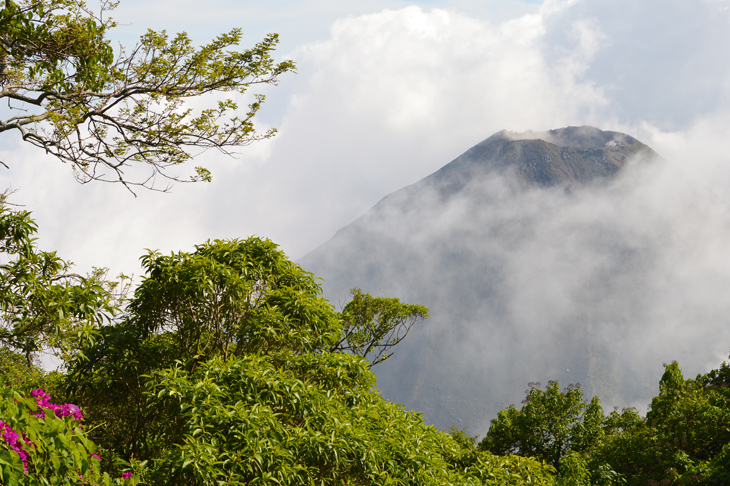
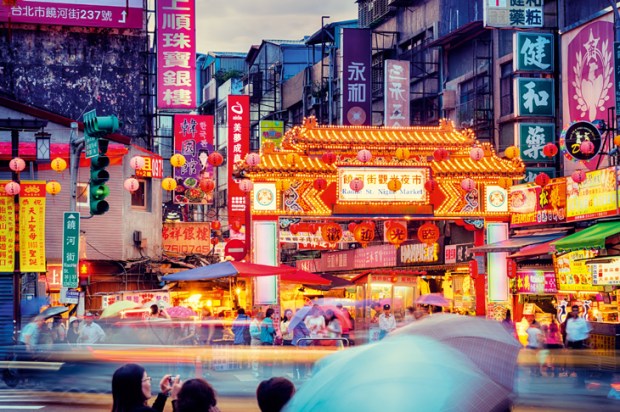
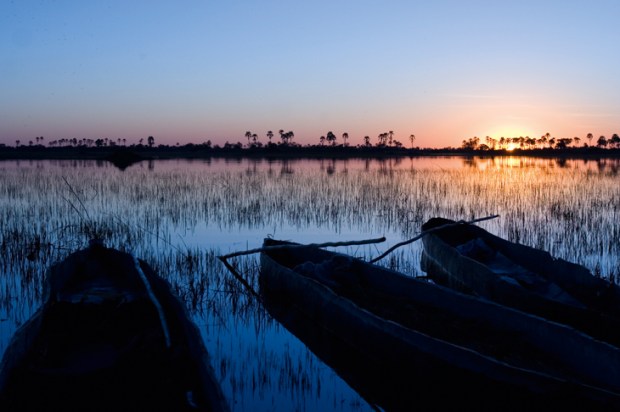
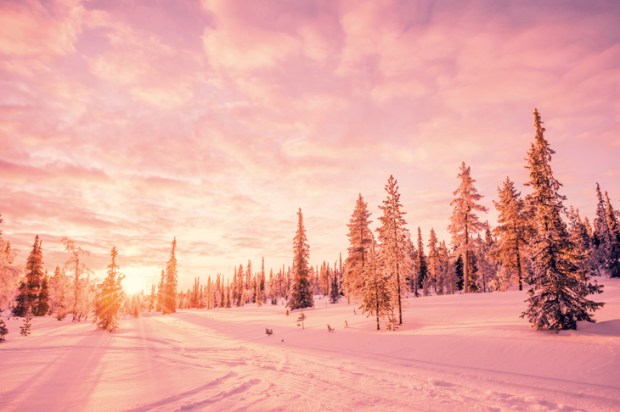
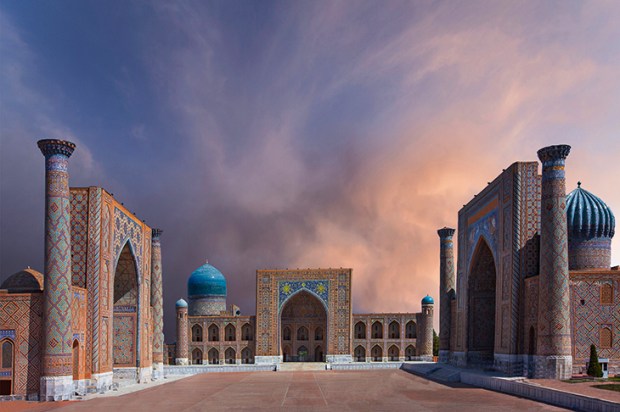
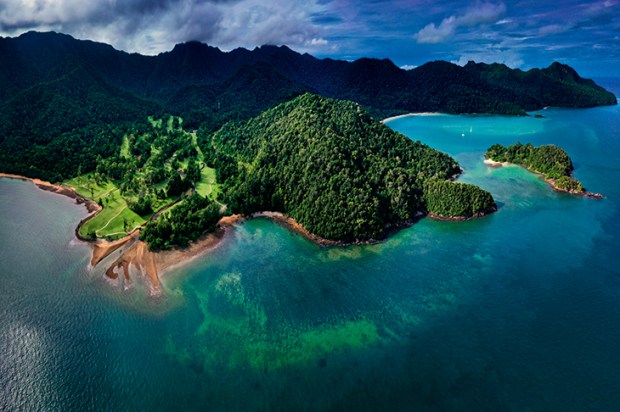
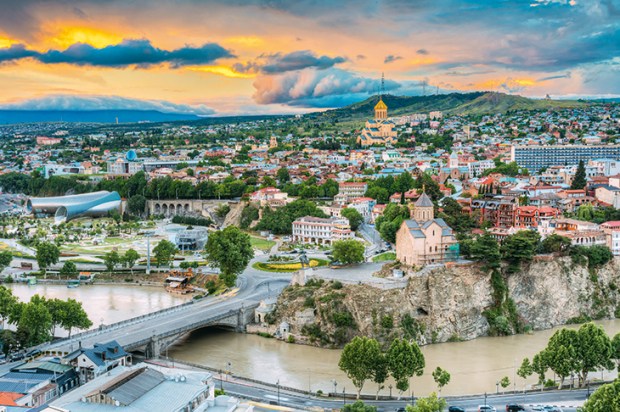






Comments
Don't miss out
Join the conversation with other Spectator Australia readers. Subscribe to leave a comment.
SUBSCRIBEAlready a subscriber? Log in